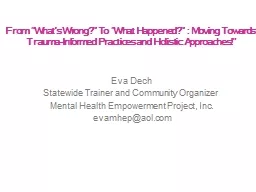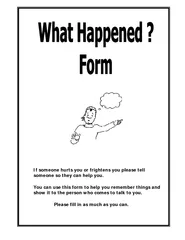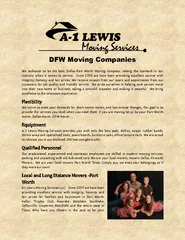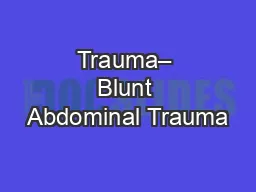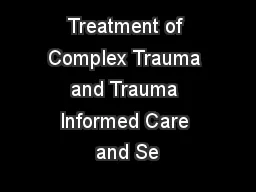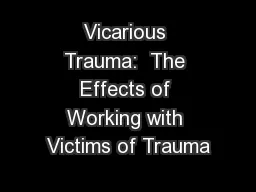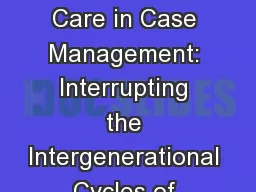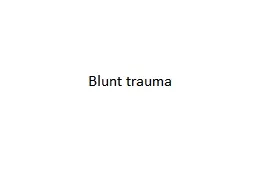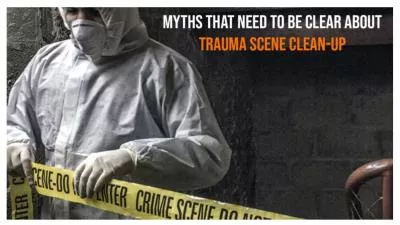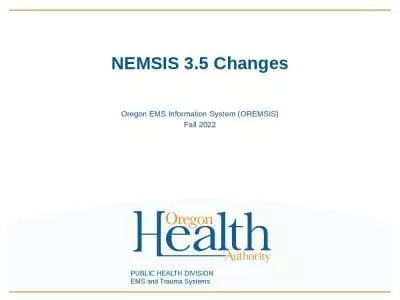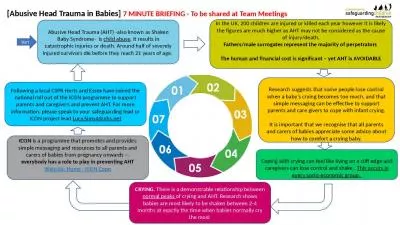PPT-From “What’s Wrong?” To “What Happened?” : Moving Towards Trauma-
Author : kittie-lecroy | Published Date : 2018-11-09
Inf ormed Practices and Holistic Approaches Eva Dech Statewide Trainer and Community Organizer Mental Health Empowerment Project Inc evamhepaolcom What is Trauma
Presentation Embed Code
Download Presentation
Download Presentation The PPT/PDF document "From “What’s Wrong?” To “What Ha..." is the property of its rightful owner. Permission is granted to download and print the materials on this website for personal, non-commercial use only, and to display it on your personal computer provided you do not modify the materials and that you retain all copyright notices contained in the materials. By downloading content from our website, you accept the terms of this agreement.
From “What’s Wrong?” To “What Happened?” : Moving Towards Trauma-: Transcript
Download Rules Of Document
"From “What’s Wrong?” To “What Happened?” : Moving Towards Trauma-"The content belongs to its owner. You may download and print it for personal use, without modification, and keep all copyright notices. By downloading, you agree to these terms.
Related Documents

